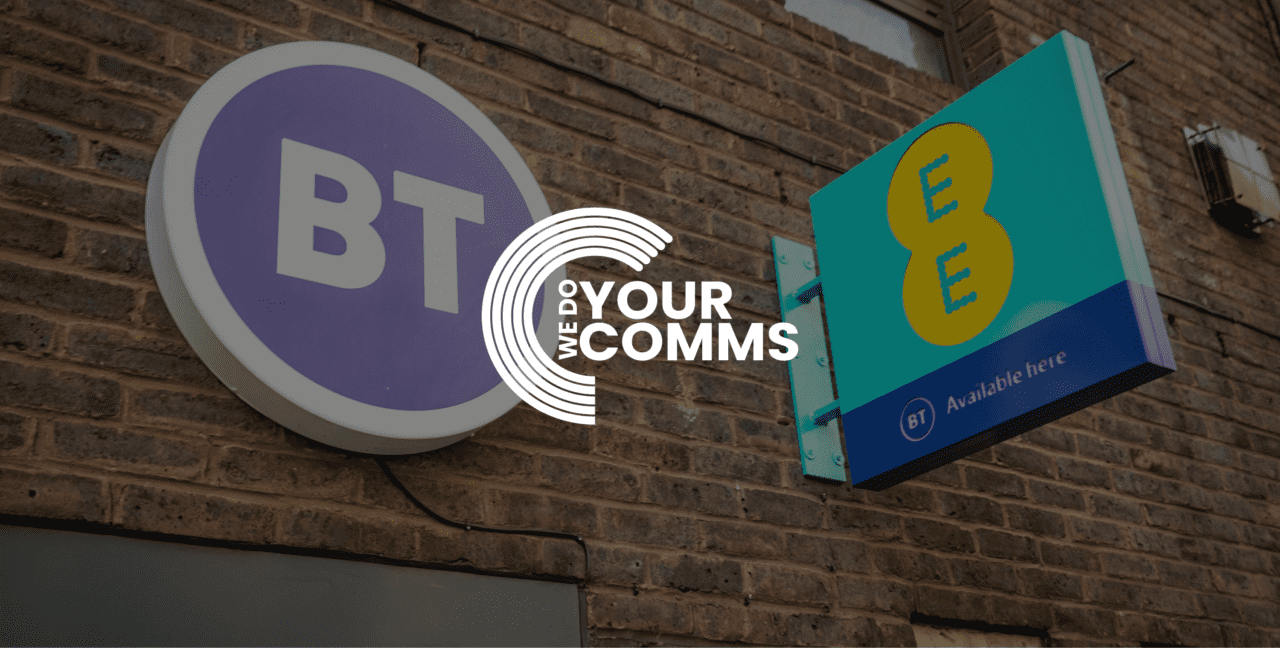

How We Helped A Business Significantly Cut Their Business Telephone Costs Even Though They Were Still In Contract. A telephone legal helpline business was still in contract and so would naturally seem a terrible candidate for targeting with a move to a VoIP telephone system. However, scratching underneath the surface, it soon becomes clear that they could not only save a vast amount of money but could become much stronger in the process. Which is how the unlikely system replacement became the no-brainer!
The net result of making this change for the customer is as follows:
This firm is a successful and growing business based in the south-west that earns its living using telephones providing legal advice. They have a great team of staff, energetic to provide an excellent legal helpline service receiving and making hundreds of calls a day. They were using a traditional Avaya telephone system with ISDN lines. They had around 25 phone handsets servicing their main office with approximately five additional remote workers using conventional analogue lines. They use an internal onsite system to record the calls, proof of the legal advice they had given. So, they had rigged a system to be able to record the call for the five remote workers. Not comfortable with a traditional ISDN system. The solution at the time was to have the external worker and the customer connected through the office business phone systems (2 outbound calls). Which meant for each call made by the remote workers, two call costs was happening. There was a desire to move more towards remote working as this suited their business model. Their IT systems were perfectly capable of doing this, but the extra cost and complication of the phone system held them back from growing.
Firstly, we investigated the ‘elephant in the room,’ they were still in contract so in theory nothing could be done to help them move to a system that would allow them to grow. Well, this is not always as clear cut as it first looks! The Customer provided copies of their current phone costs, and after some analysis, it was soon apparent that their calls costs were a significant part of their bill. Taking a more in-depth look into just how much their calls were costing we were able to suggest a radical solution.
Our VoIP telephone system comes with a call bundle of 4000 minutes per handset, pooled between all users. For their 30 users, this would give them 120,000 minutes of included minutes. Using our system would also mean they wouldn’t need to make two outbound calls to connect the remote workers so would half the minutes used for these calls. As such, the call cost saving from running our system was so significant that they could run the old system side by side with our VoIP phone service and still save money! They would park their old system to one side so until the end of their contract incurring rental costs only and use our VoIP phone service for all inbound and outbound calls. With the included minutes, reduced call rates and ability to easily connect remote workers they would initially save £200 a month. Not bad when you consider they would still be paying for their old telephone system at this same time. The savings would increase to over a £1000 per month upon completion of the current contract.
The first phase was to prep the new system with the 200+ telephone numbers and hunt groups. This customer needed to see which telephone number from the group of 200 the customer had dialled so they could answer the phone with the respective name for that service. Given the customer’s previous experience with telephone system providers, they were expecting that this burden would fall mostly to them. However, they were pleasantly surprised to see our proactive approach. We took on the task of gathering as much information as we could from their old system only asking them to confirm the details were correct. In keeping with “genuinely wanting to help our customers by removing the burden of technology,” we happily took on the long task of setting up all these numerous and complicated call routes. Considering most systems of this size would typically only have 3 or 4 hunt groups, how many telecoms companies do you think would invest the time to set up 200 groups for no extra cost.
The next phase was to get the phones on the desks to start our friendly training process. We appreciate that although our phones are super simple to use, it is far less stressful for most to have the opportunity to get familiar with the phone system before it goes live. We provide training in the monthly cost of our business VoIP system so being thorough at this stage is purely about helping our customers feel comfortable and for them to get the most from our system. We were also able to quickly provide working phones for the remote workers to test as our system. Once everyone had a chance to play with the new phones and get to see just how simple they were to use, we would be ready to plan the ‘going live’ stage.
One of the initial concerns for this customer was the downtime and disruption the change would cause. Which is understandable considering that they are actively and heavily using the phone system between 8 am and 8 pm 7 days a week. Naturally, it doesn’t leave a convenient time window to complete the average migration. We don’t do average though! Completing all the setup well before going live and putting the phones on the desk for training has the added benefit that the new phone system is in situ ready to be used at a moment’s notice. Our approach was to configure the existing system to forward incoming calls to our new VoIP system which meant double the effort for us as we had to set the system to take both these forwarded calls as well as being ready for the final switchover. The benefit to the customer though is we could then quickly switch them from one system to the other at a predefined time. So, all these combined efforts and careful planning means this customer would be safe in the knowledge that they will be answering calls on the old system at 9.59am and then answering calls on our new VoIP system at 10.00am. There would be no lost or cut off calls in this process which is very important as these calls are how they make their money which gave our customer a path to the new phone system that is low risk and low stress with no downtime. Once they are using the new phone system comfortably and, in this instance, once the contract had expired, we could then complete the migration from the old to the new system with no disruption.
Big part of the choice to go to any system is always going to be the cost. However, we like to challenge conventional thinking to get better than typical results. Why prioritise a small monthly saving on the phone system costs when the right system can save you hours of your time. What is more valuable? So we would argue that in a lot of cases, there is more value to be gained from what freedom telephone systems can give than there is in the monthly bill.
In this instance, the customer gained a lot of added value. The first is the ease of use for the remote workers. Previously they were separate to the primary phone system, and it was a complicated process to connect their calls and maintain the recordings for them. Now, the fact they have sat hundreds of miles away makes no difference. They are just another extension on the same VoIP telephone systems software with all of the same functionality which has not only saved significant time and frustration but has opened up the doorway for moving to an even more distributed worker-centric business allowing substantial growth.
Even the staff in their main office are now able to work from home. Which means there has been significant time saved in commuting especially for those in management who have extra flexibility meaning that they do not have to be in the office for long hours. The staff that would otherwise be off looking after an ill child are still able to complete their responsibilities; this helps project deadline schedules. Guess what happened when the office got snowed in? That’s right…a team was ready to step in and cover from home. Where many businesses were unable to facilitate the demand from customers that day, this company was able to show its strength by being able to operate still. It is these types of benefits that show far more long-term value than the monthly savings in call costs.
The call recording system itself used to be provided by a third party requiring a separate server and software system both requiring dedicated people to manage. Now, the call recording is all done in the GDPR compliant cloud system saving many hours each month and requiring less training to be able to handle.
The call stats gained from the new internet phone service can give some interesting and specific insights into the call traffic. Which has enabled the customer to evaluate the level of staffing allocation throughout the week and when to plan meetings etc. Working more efficiently and smarter means they are now able to do more with the same amount of staff.
This website uses cookies to improve your experience. Choose what you're happy with.
Required for the site to function and can't be switched off.
Help us improve the website. Turn on if you agree.
Used for ads and personalisation. Turn on if you agree.
This website uses cookies to improve your experience. Choose what you're happy with.
Required for the site to function and can't be switched off.
Help us improve the website. Turn on if you agree.
Used for ads and personalisation. Turn on if you agree.